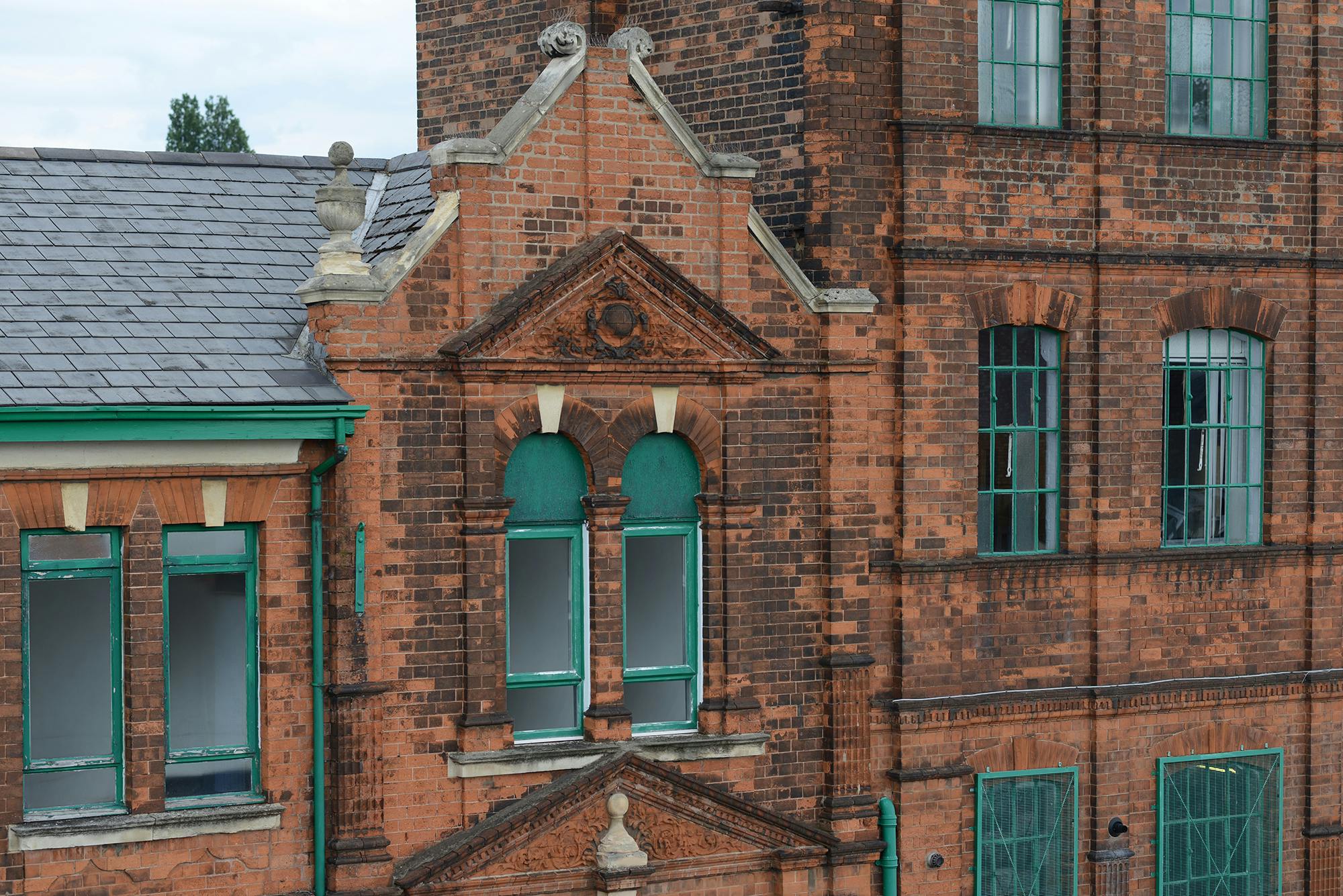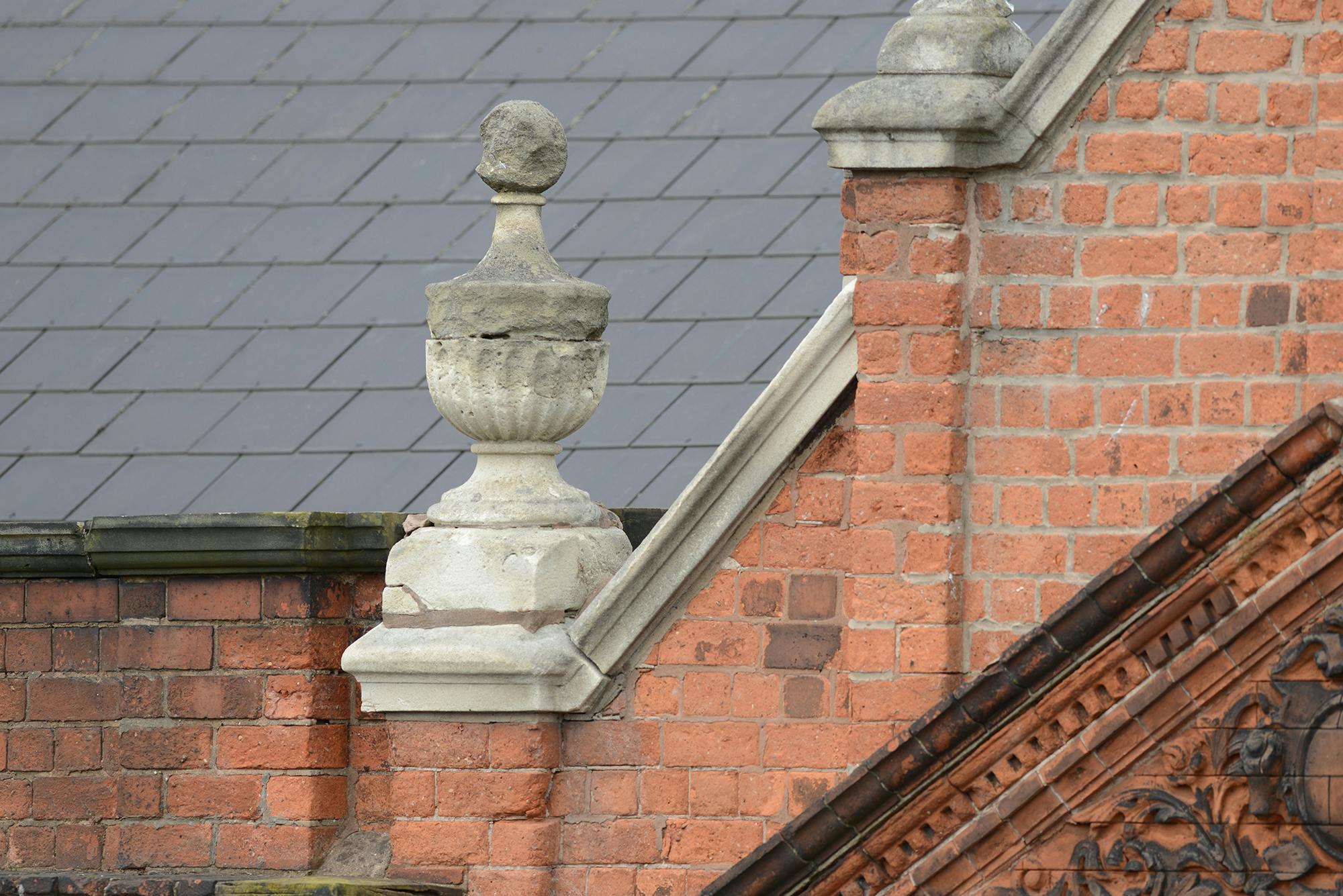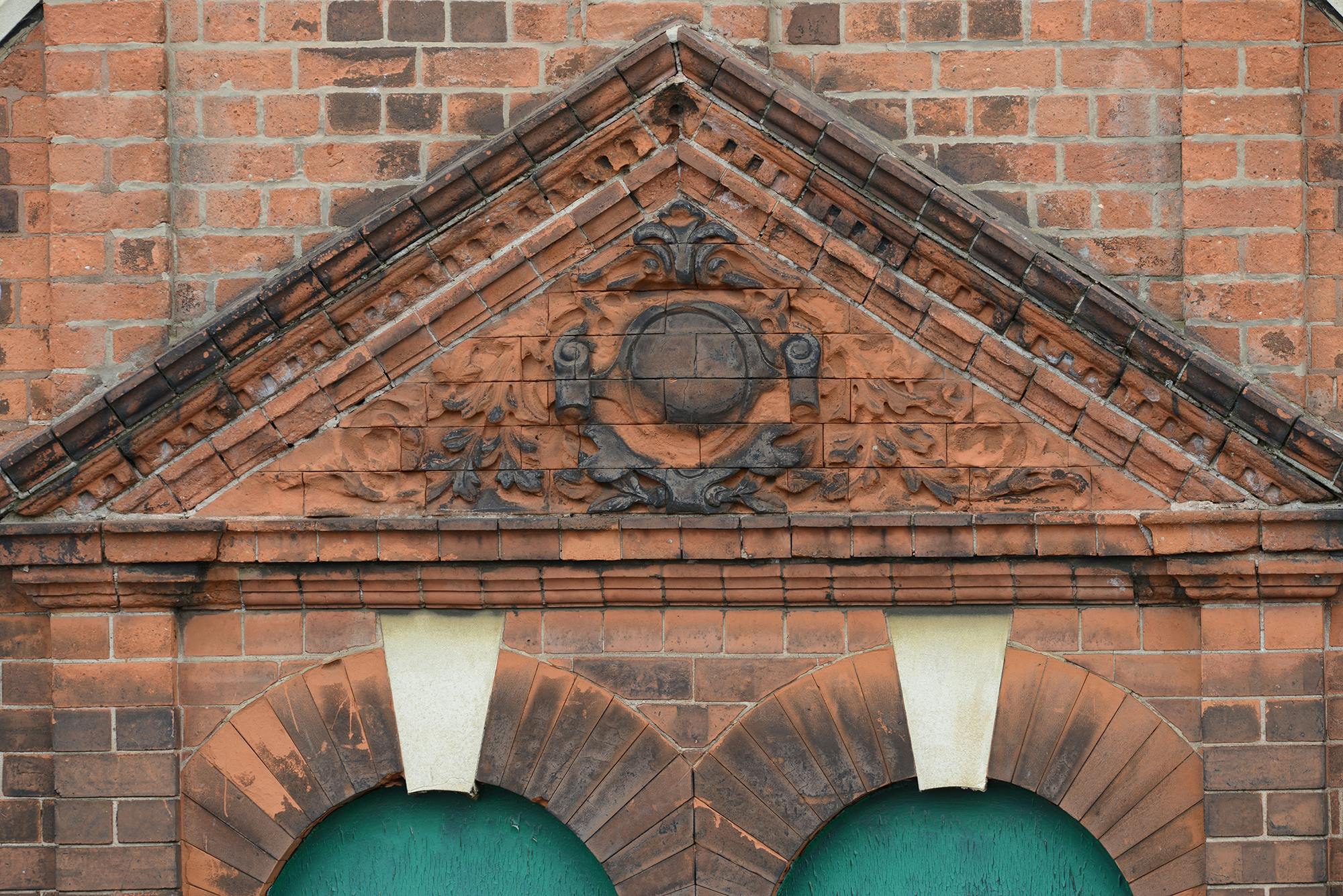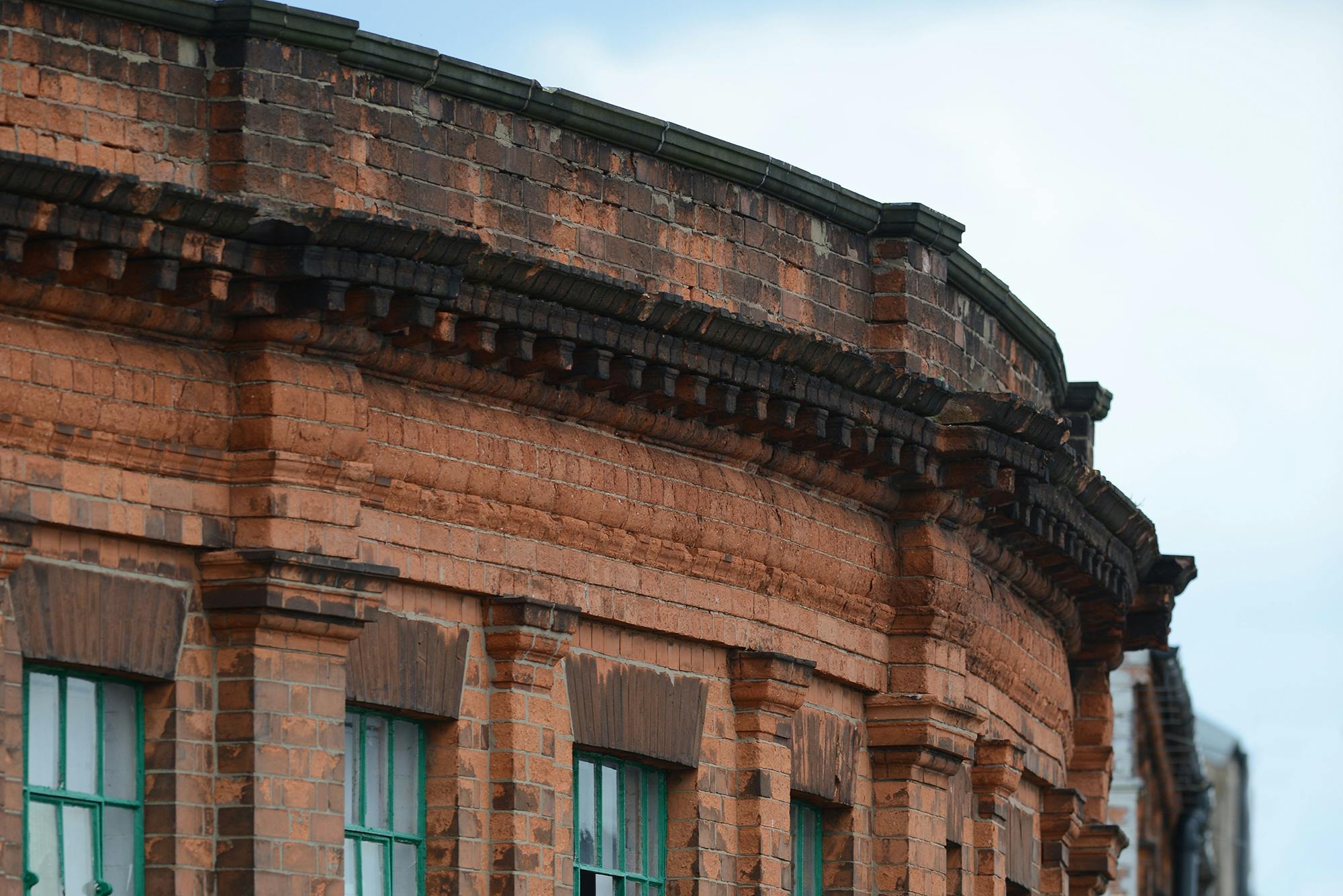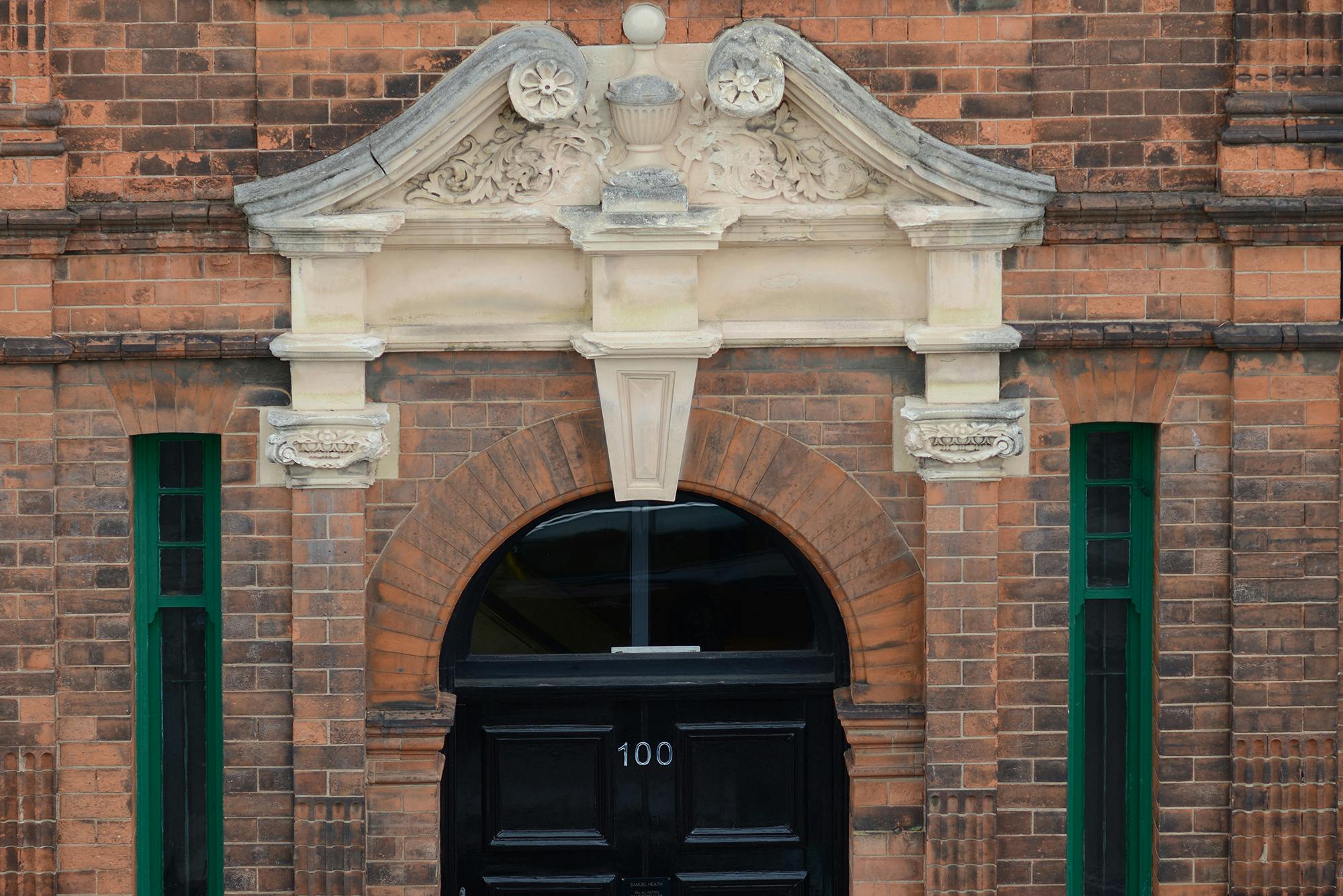With a two century heritage displayed in the building’s façade, Historic England award the Samuel Heath frontage with a Grade II listed status.
The Samuel Heath brass foundry and offices stand statuesque on Leopold Street in Digbeth, South-East Birmingham, the same site since the firm’s inception in 1820. The building retains much of its original Jacobean architecture, which is just one of the reasons why it piqued the interest of Historic England – the public body that works to preserve England’s spectacular historic environment.
Birmingham has been regarded as the heart of the UK’s metalwork industries from as early as the 16th century. At the time Samuel Heath was founded, it was one of hundreds of brass foundries in Birmingham. The family-run company began by producing brass homeware, from bedsteads to fireside accessories, amongst many other local businesses.
After the boom of the Industrial Revolution, the industry faced a series of challenges throughout the eighteenth and nineteenth century. This included competitive trading conditions, difficulty in exporting materials and the disruption in transport as railways evolved into motorcars. Samuel Heath not only survived - but continues to thrive to this day. Today, they are renowned as designers and manufacturers of premium brass bathroom fixtures, accessories and architectural hardware that can be found within the world’s finest homes. The reason they prevailed through such economic changes is likely due to their dedication to craftsmanship and integrity, which remains unfaltering in the face of such pressures.
A grade II listed building is defined as ‘a UK building or structure that is of special interest, warranting every effort to preserve it’. With a 200-year heritage evident in the building’s façade, Historic England listed the offices for their architectural interest, high-level of architectural craftsmanship and also their historic interest, as testament to Birmingham’s industrial development.
The rich history of the company is evident in the building’s fabric and particularly the office frontage. This was originally designed by architect David Henry Ward in the late eighteenth century. Ward set out to complement the design of the surrounding site by adding a display of intricate details, that were balanced and thus understated in their approach. The architectural ambition and execution for the design was intended to illustrate the craftsmanship and high quality of work inside.
The building features a large amount of original Jacobean architecture, a grand style characterised by North-European Renaissance detailing and post-Gothic features. In its day, the Jacobean style was typically selected for Prodigy Houses, or English country houses, to communicate the height of luxury.
A five-bay structure demonstrates a symmetry that was trademark of the style, whereas the classical elements lie within the finer details. The frontage is framed by Flemish gables and stone-capping, selected in order to symbolise opulence of the products within. The office’s main entrance then features an ornamental stone pediment with a central urn, surrounded by acanthus leaves, which creates a striking focal point to the façade. This ornament not only continues the theme of beautiful Grecian carvings, however the motif has also long been associated with the notion of rebirth and immortality and perhaps designed to serve as a lucky talisman as the city continued to evolve. On the first floor, detailed cornices and fluted brick pilasters provide further understated ornamentation to the frontage, which demonstrate the quality and skill of the architect.
Historic England describe the building as a “striking and well-balanced design”, with “well executed stone and brick detailing”. The building retails a significant proportion of its original fabric, which in its entirety, is regarded as being an important representation of the industrial development in this area of Birmingham.


